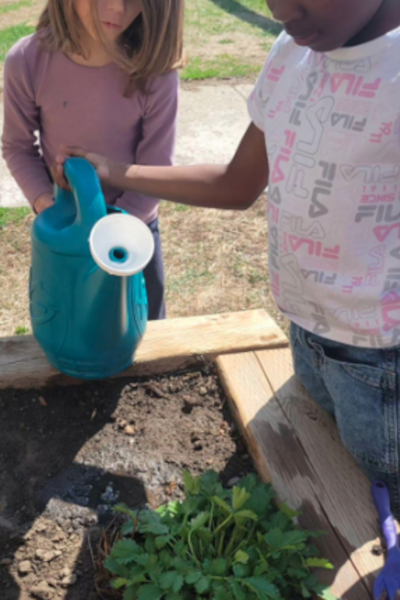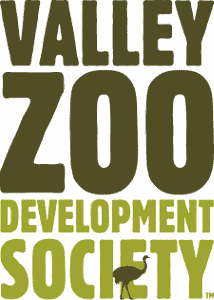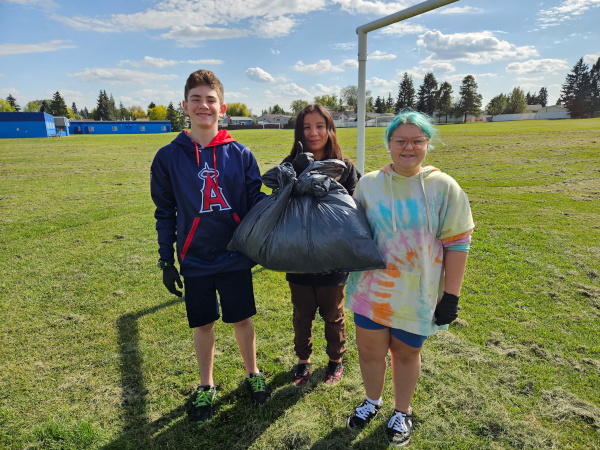Alex Janvier Grade 5 Students
Conservation Initiative: Marker Recycling Program
The excitement was palpable in Room 135 as students examined the map of the Edmonton Valley Zoo, and learned what animals they would be seeing the next day on their field trip. Most had never been to the zoo, and those that had enthusiastically shared their experiences with their classmates. When I learned of the Pay It Forward program, without hesitation I applied for a subsidy that would allow me to take my grade 5 science classes to the zoo and participate in a program.
As their science teacher, part of what I hope to teach my students is a strong sense of stewardship and reciprocity with the natural world. It’s hard to care about things you don’t understand, or know about. I signed them up for the Endangered Animals program in order to broaden their understanding of species at risk, and extend awareness of issues facing the natural world. In our classroom, we dove into factors affecting species’ survival rates, learned about examples of animals facing extinction, and explored what could be done to help them.
The combination of education and awareness, and participation in a conservation project mobilized students into action. They initiated a marker recycling project within the school. Students created posters, made school-wide announcements, and set up recycling bins around the school to collect dried up writing utensils to prevent them from ending up in a landfill. Additionally, students noticed that the paper recycling in the school was frequently being contaminated with non-recyclable material, preventing the paper from being recycled. They embarked on an education campaign around the school to teach students and staff how to properly dispose of paper and garbage to maximize the amount of recycling. These improved recycling efforts will continue into the next school year and beyond. Although worthy, without the impetus of the Pay It Forward program, it is unlikely that we would have independently participated in a conservation program within our school community.








